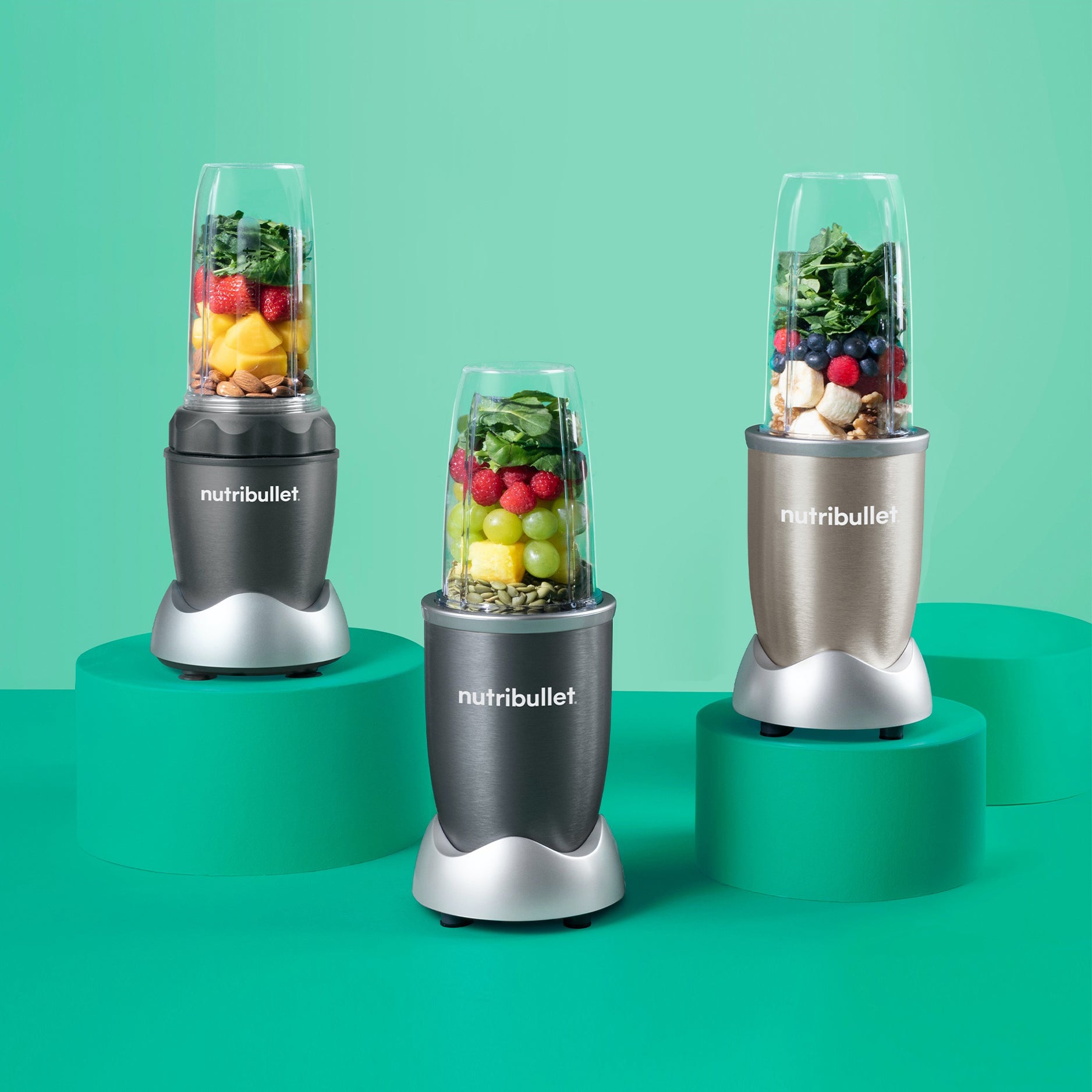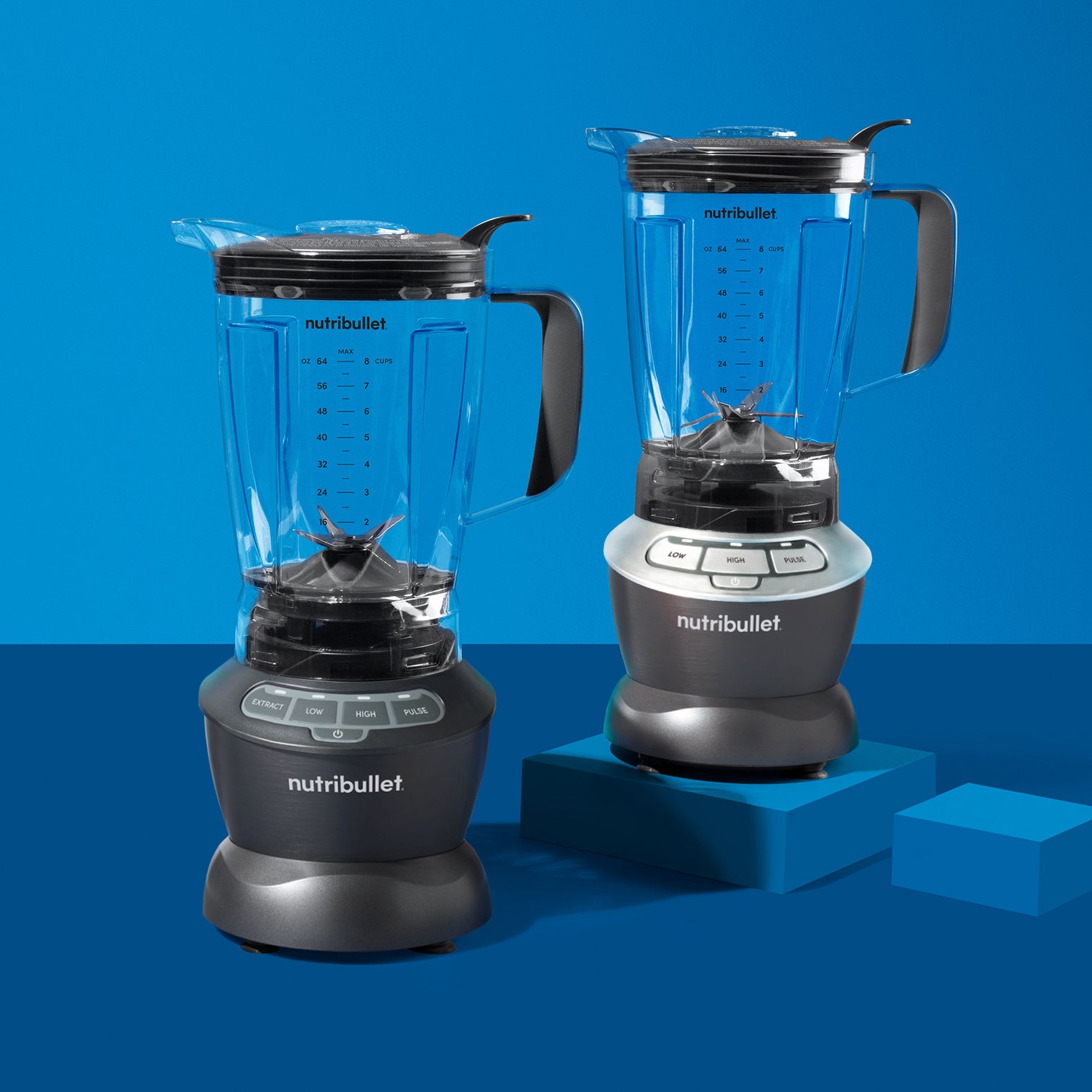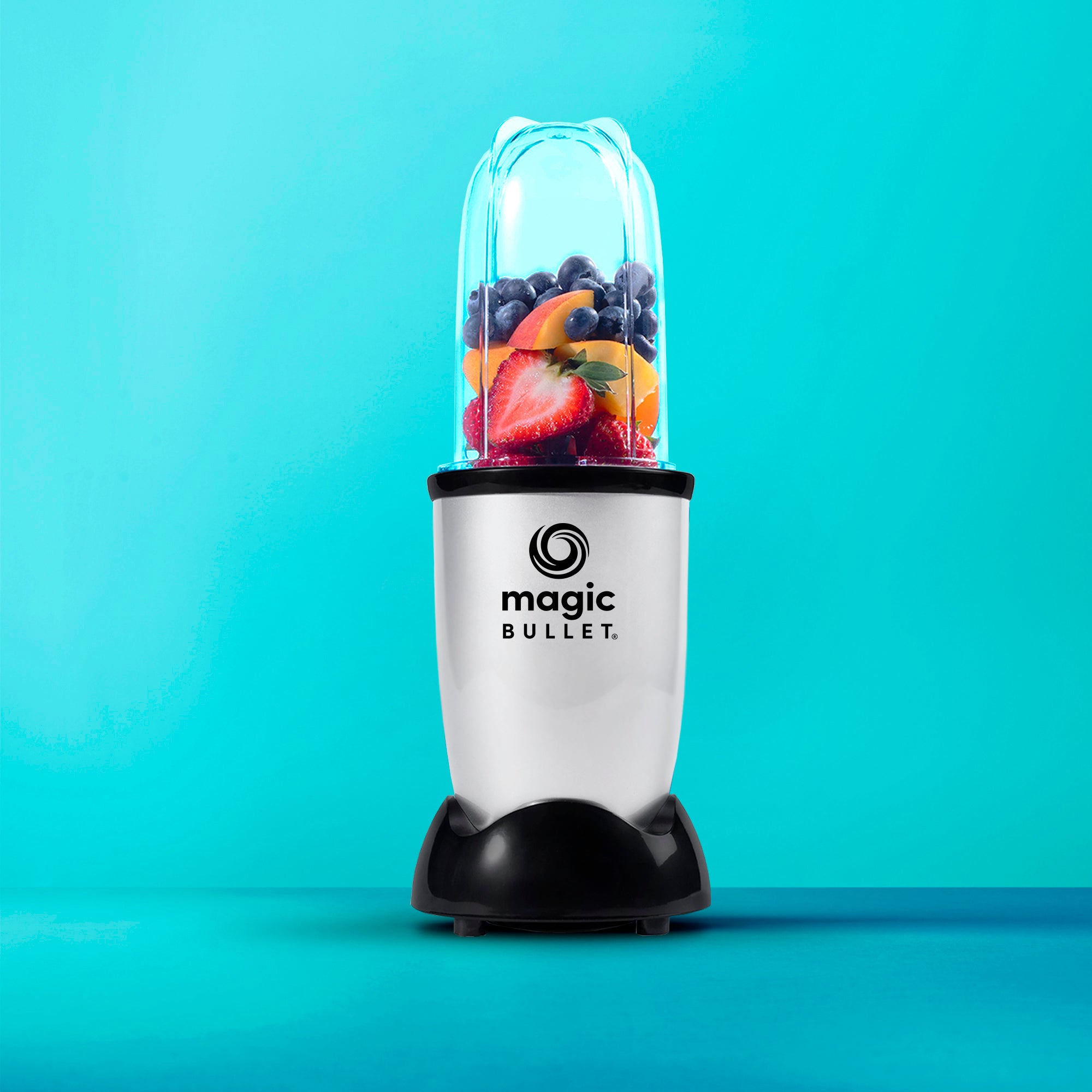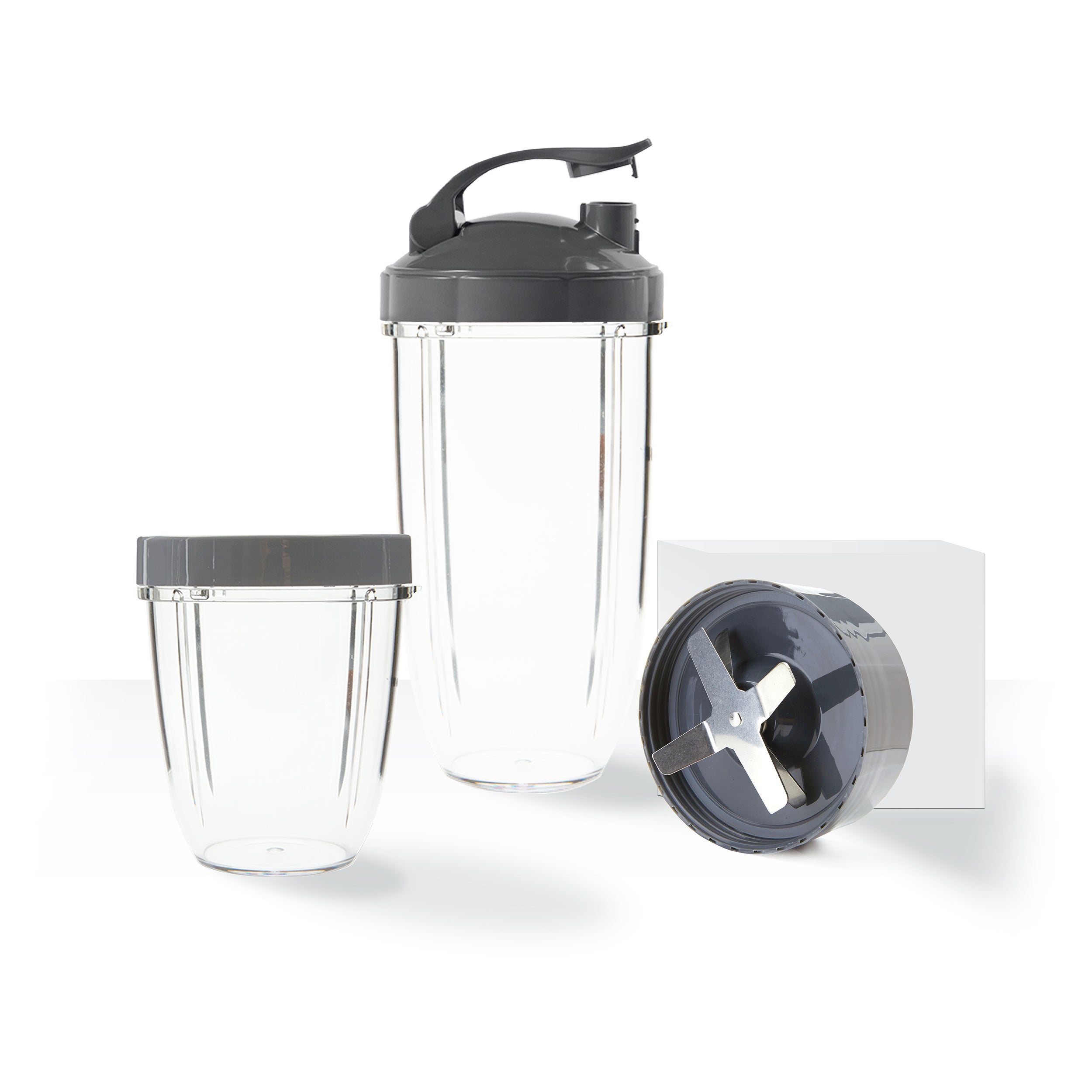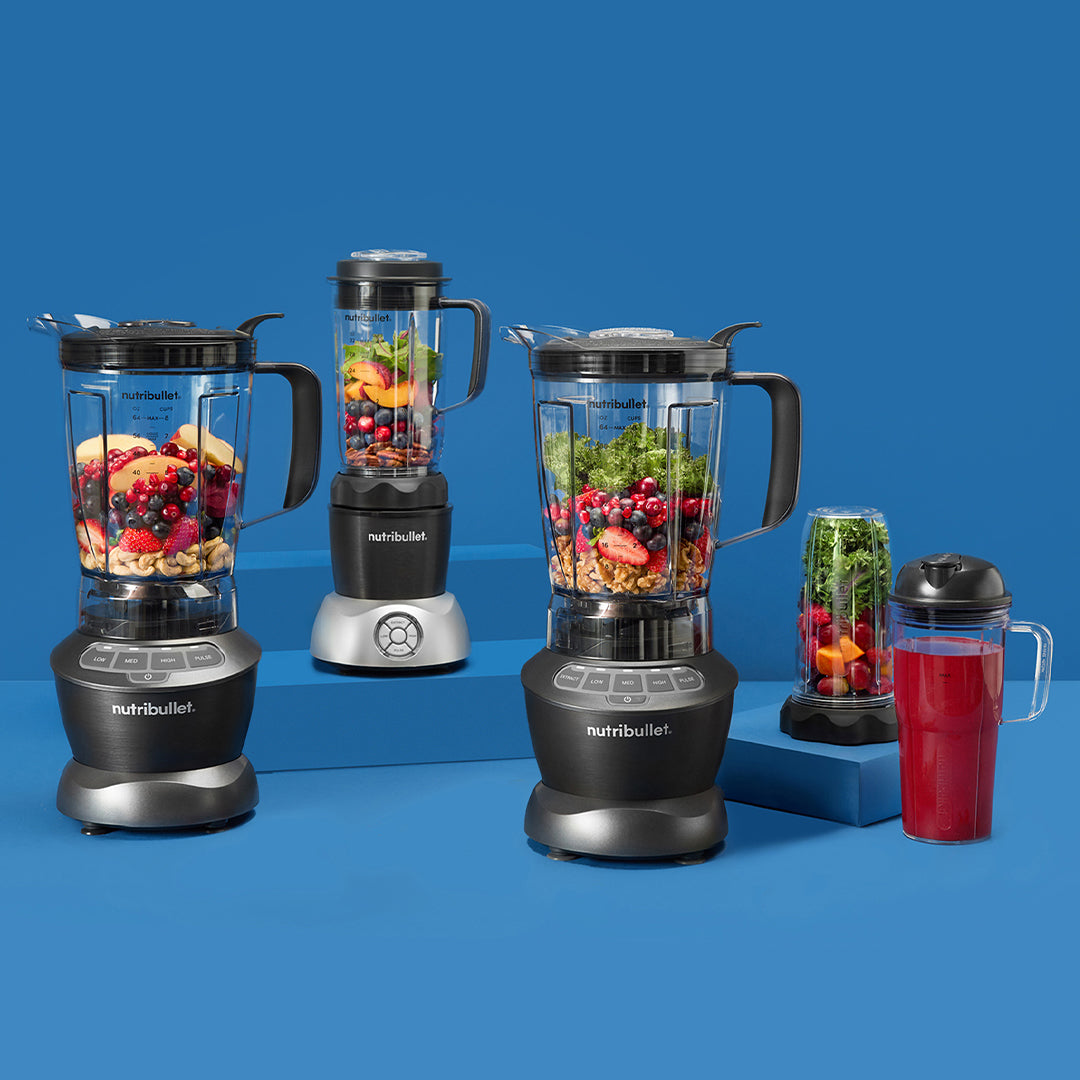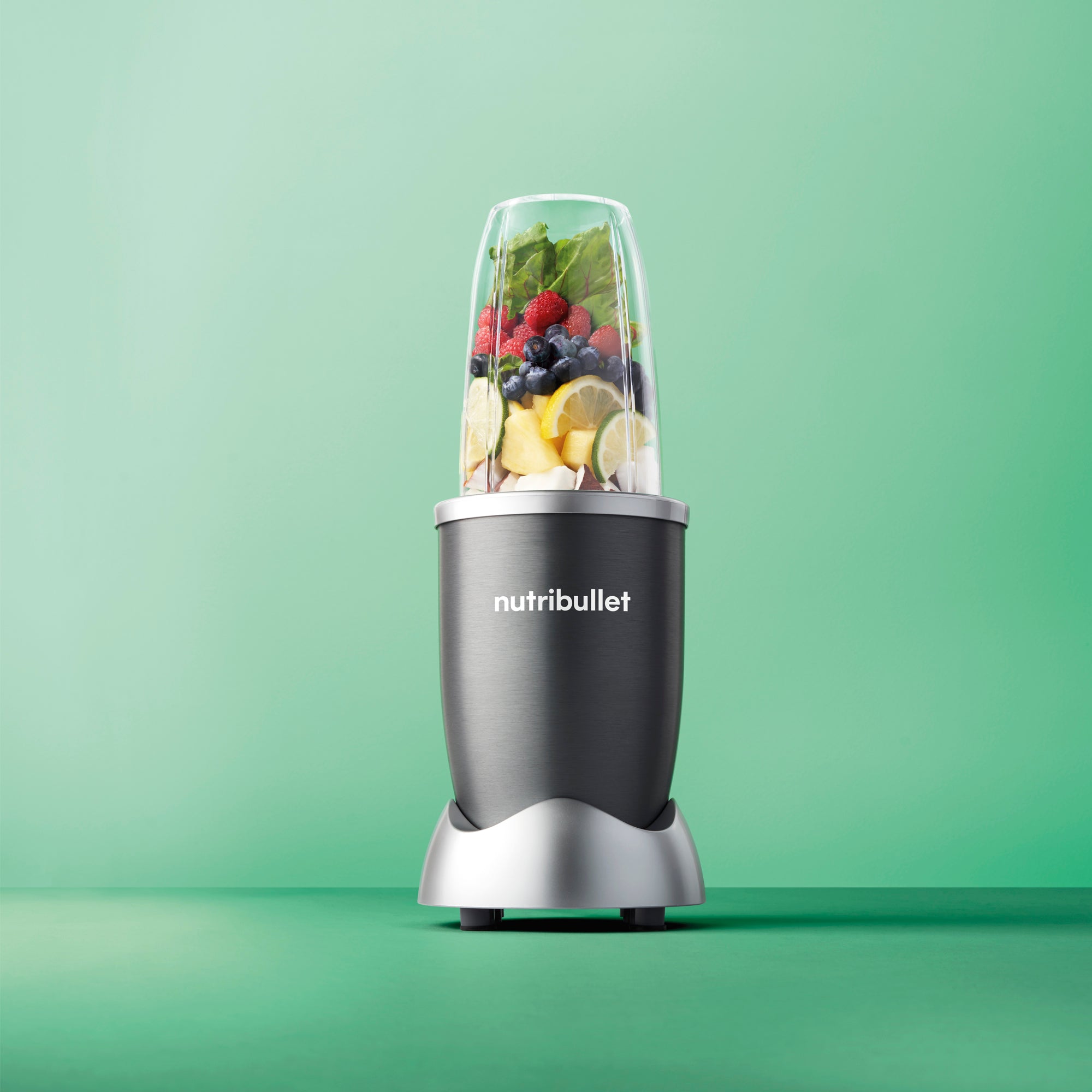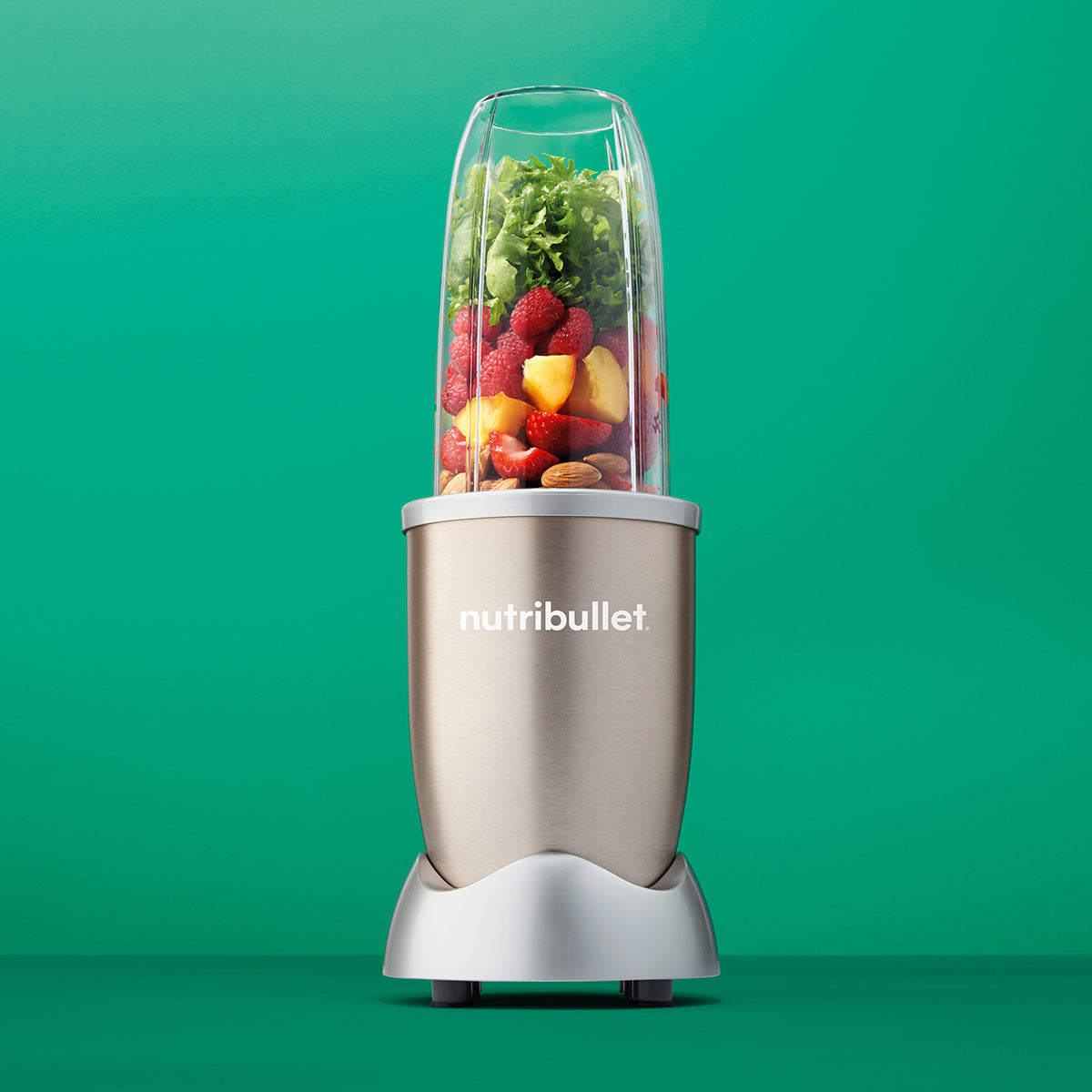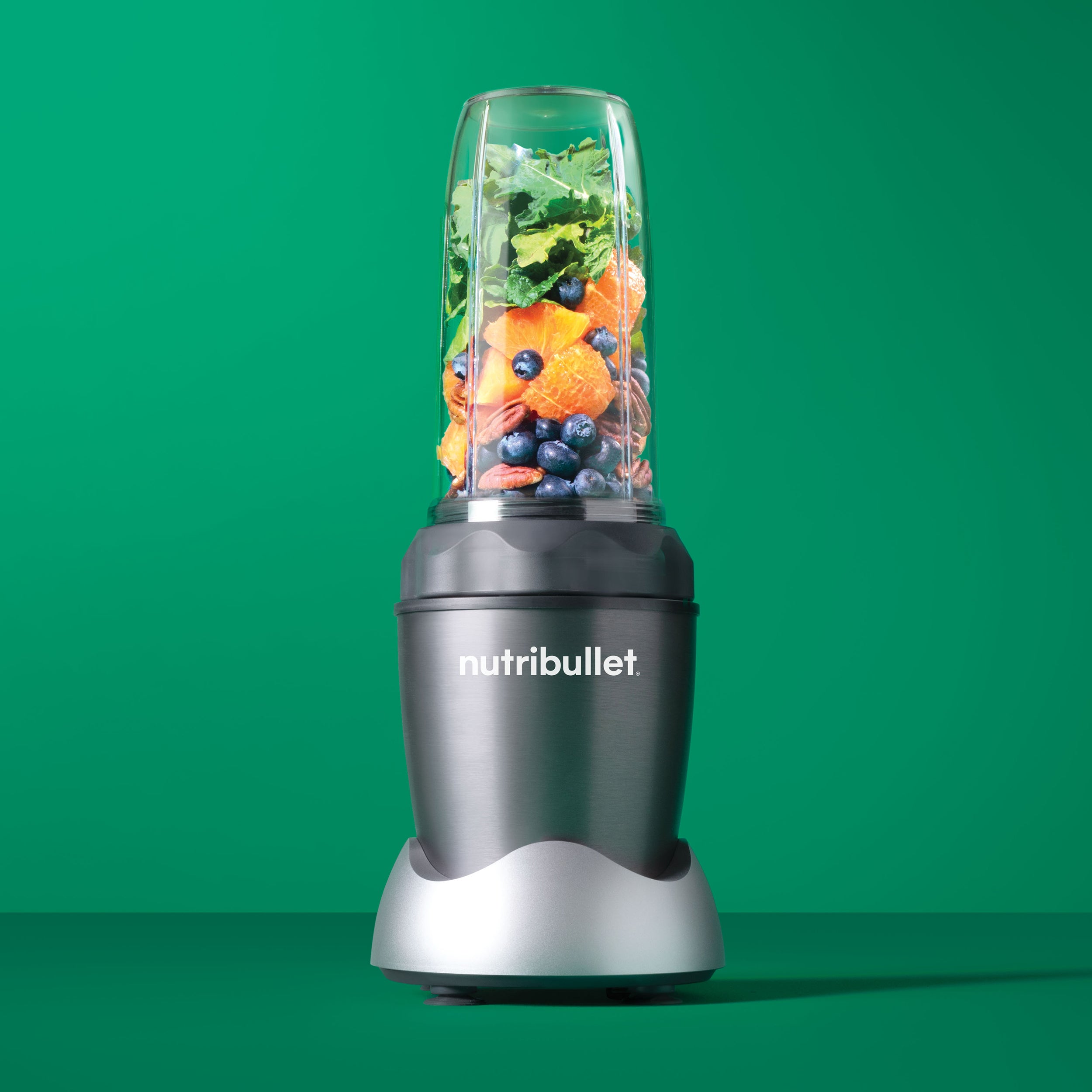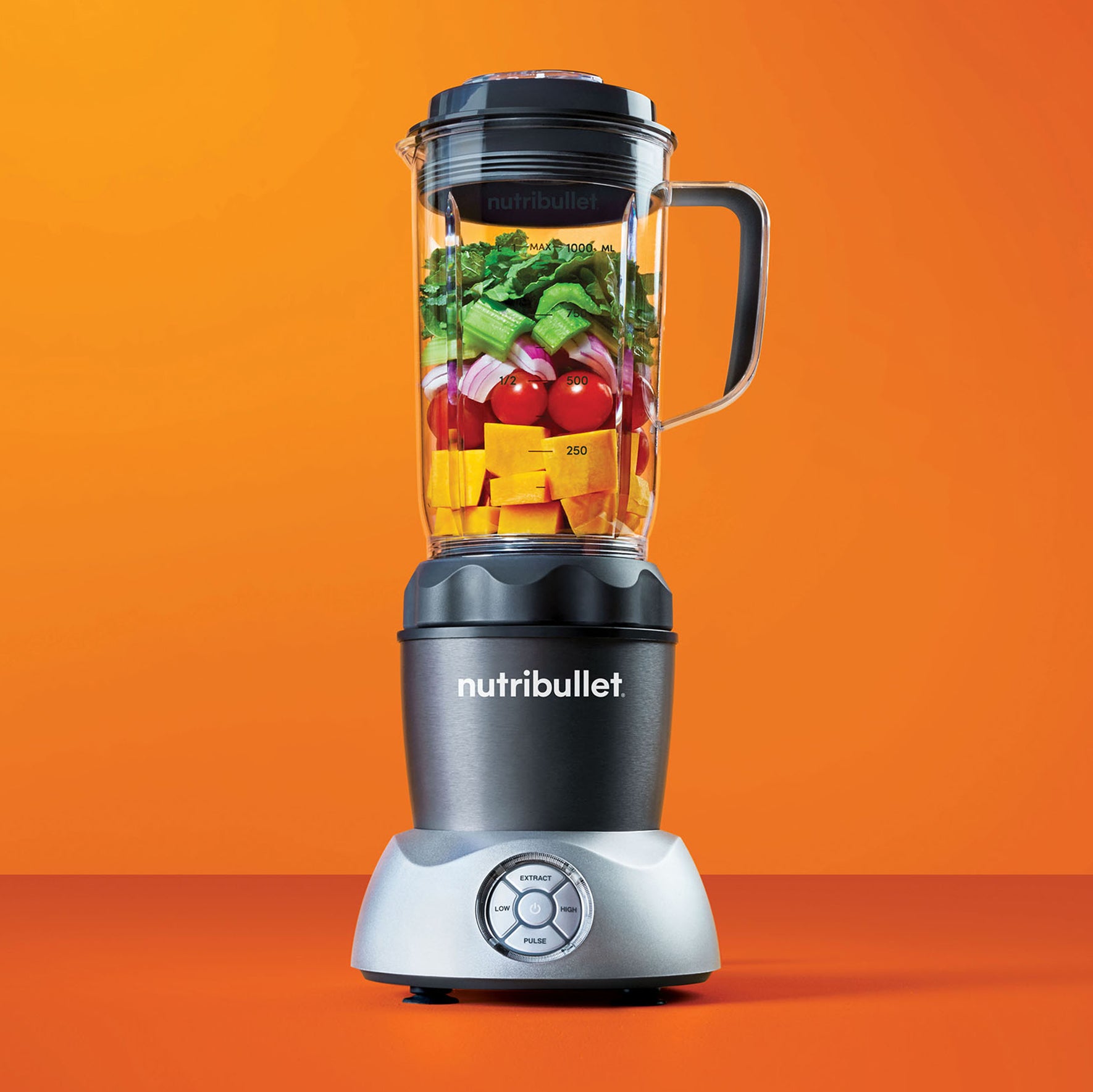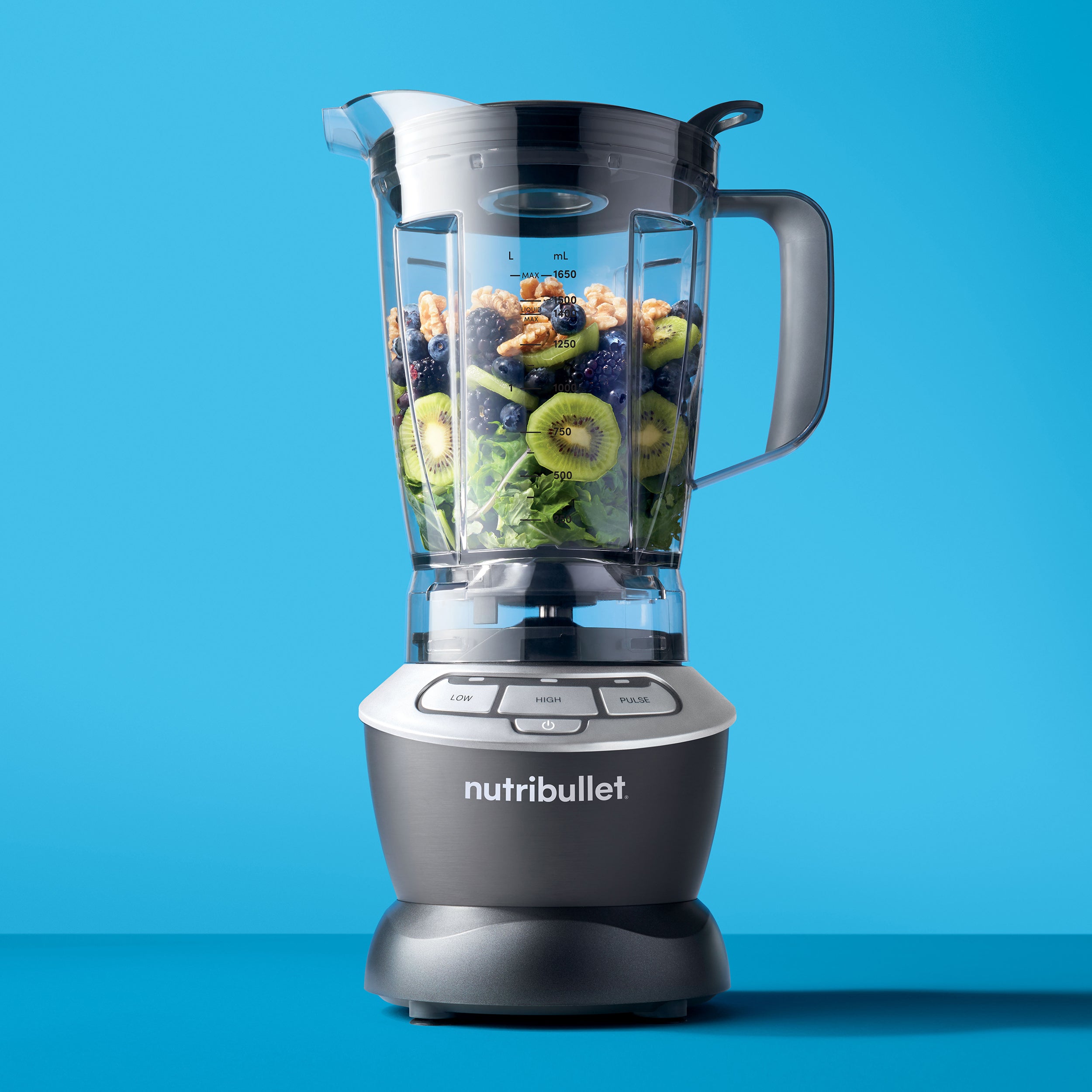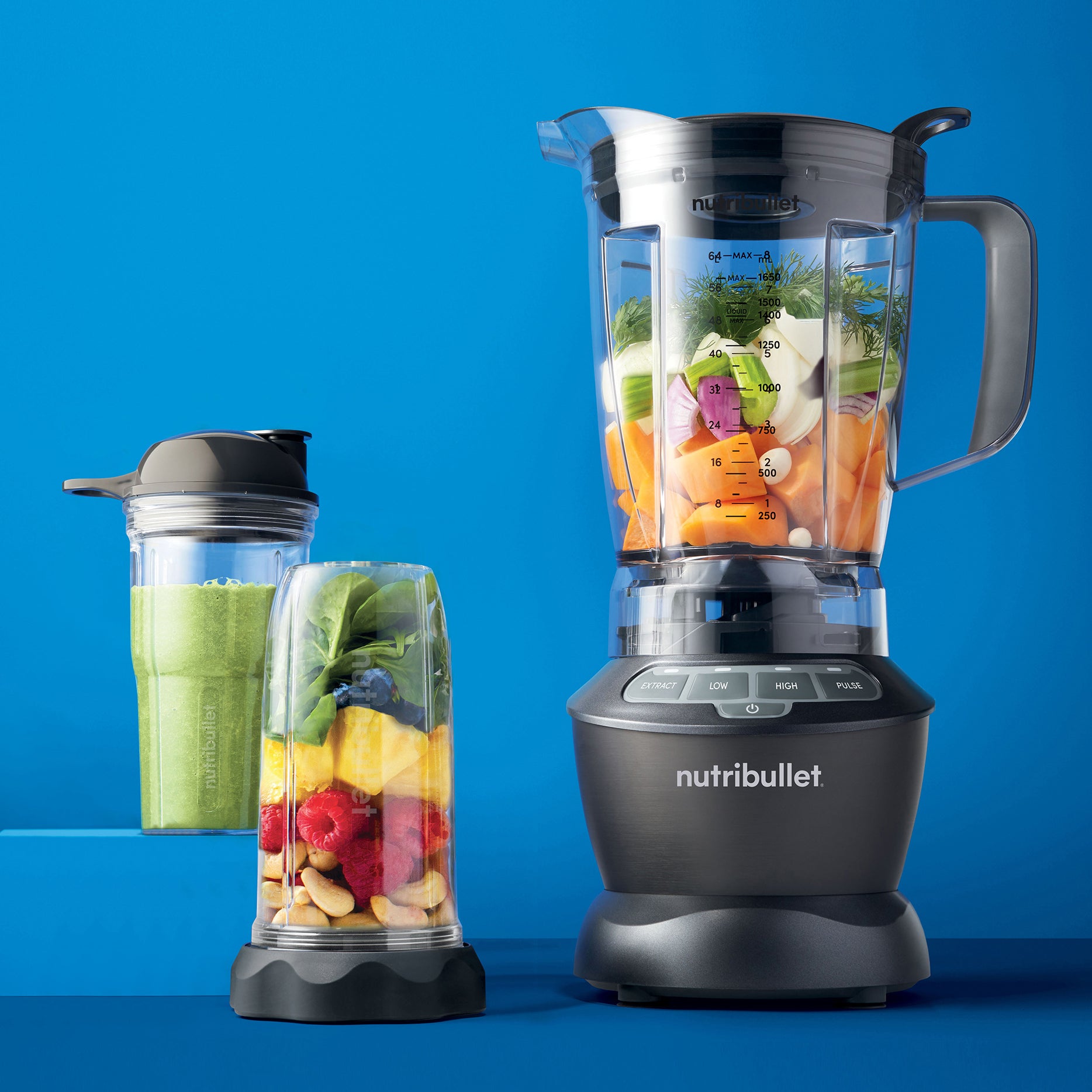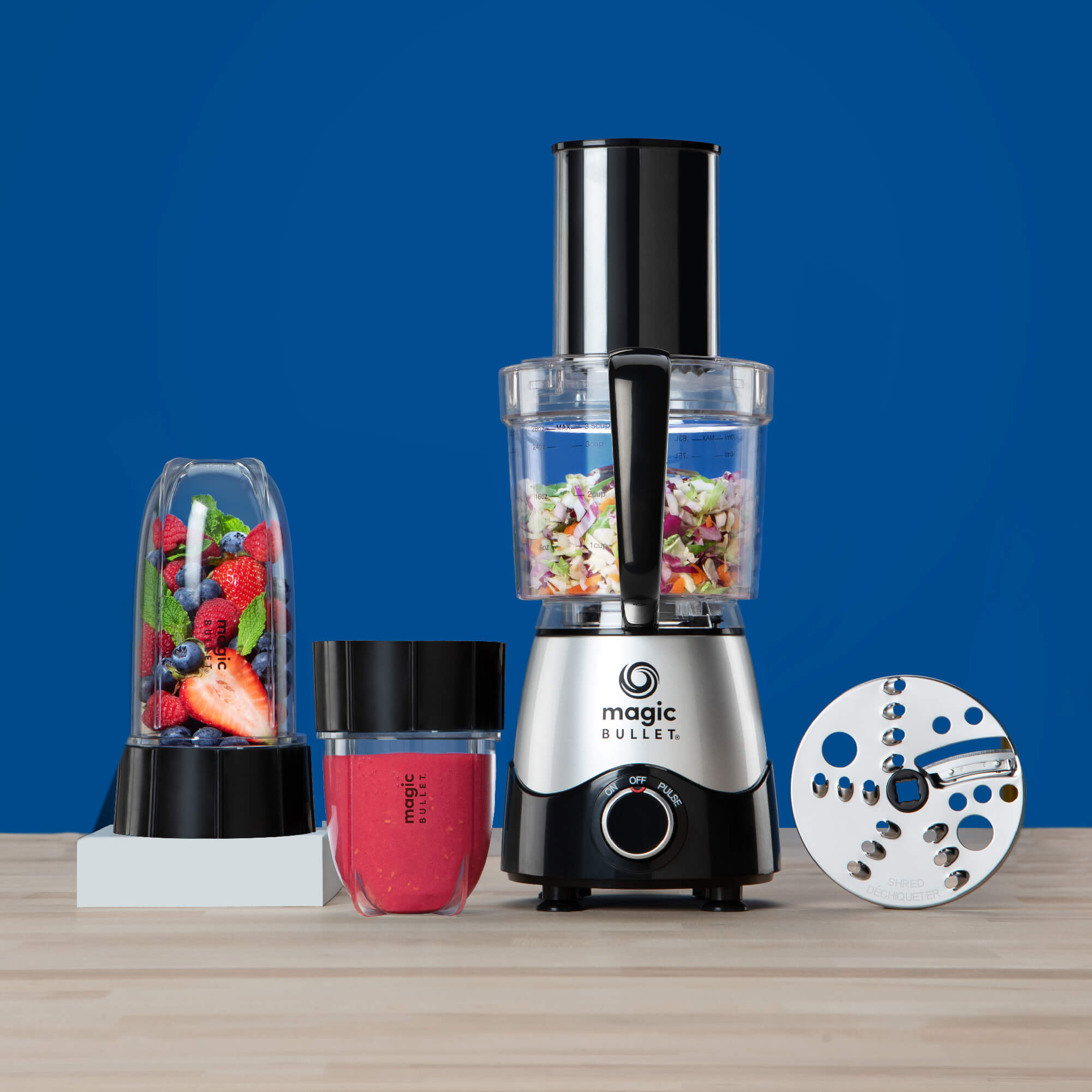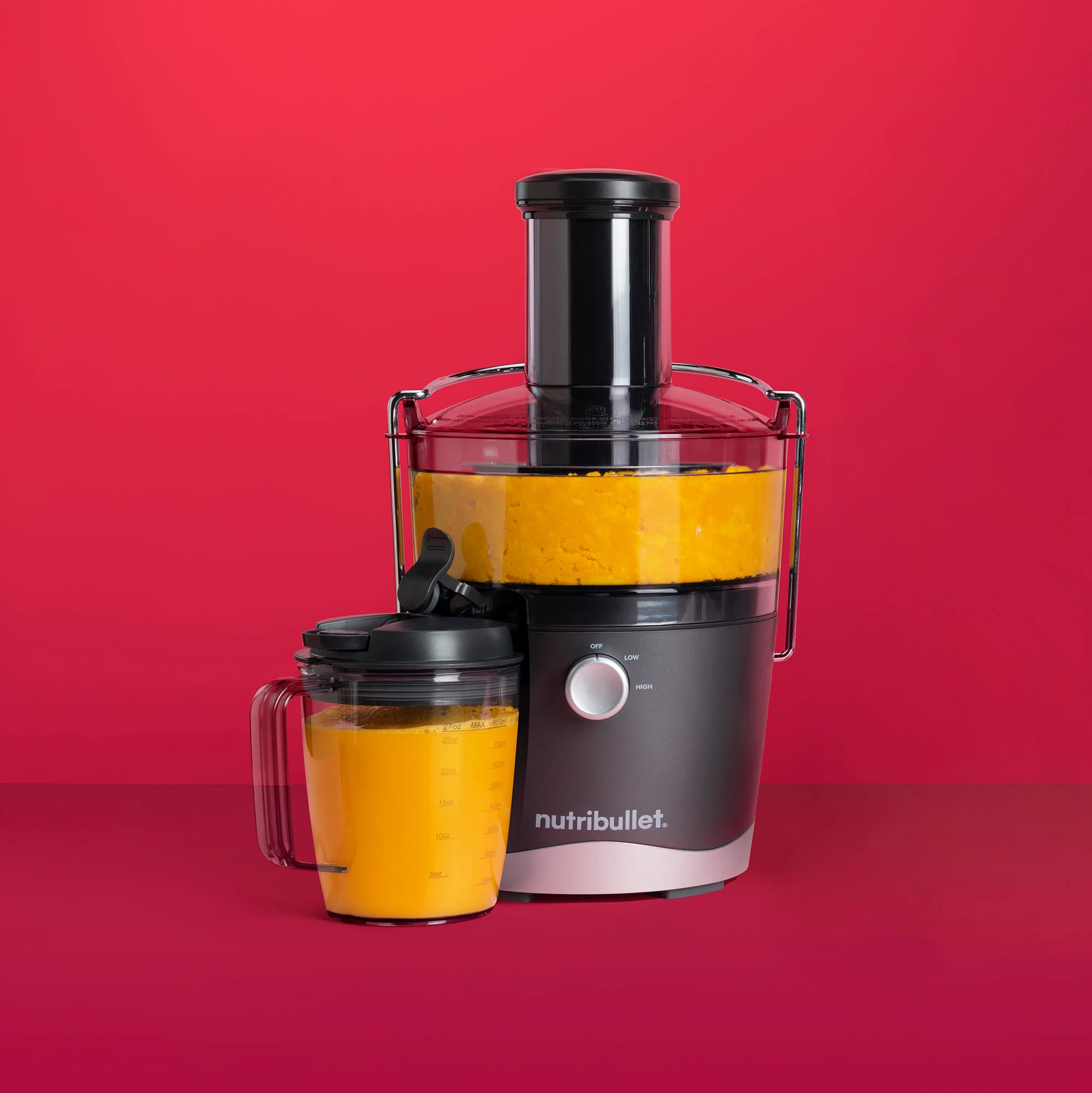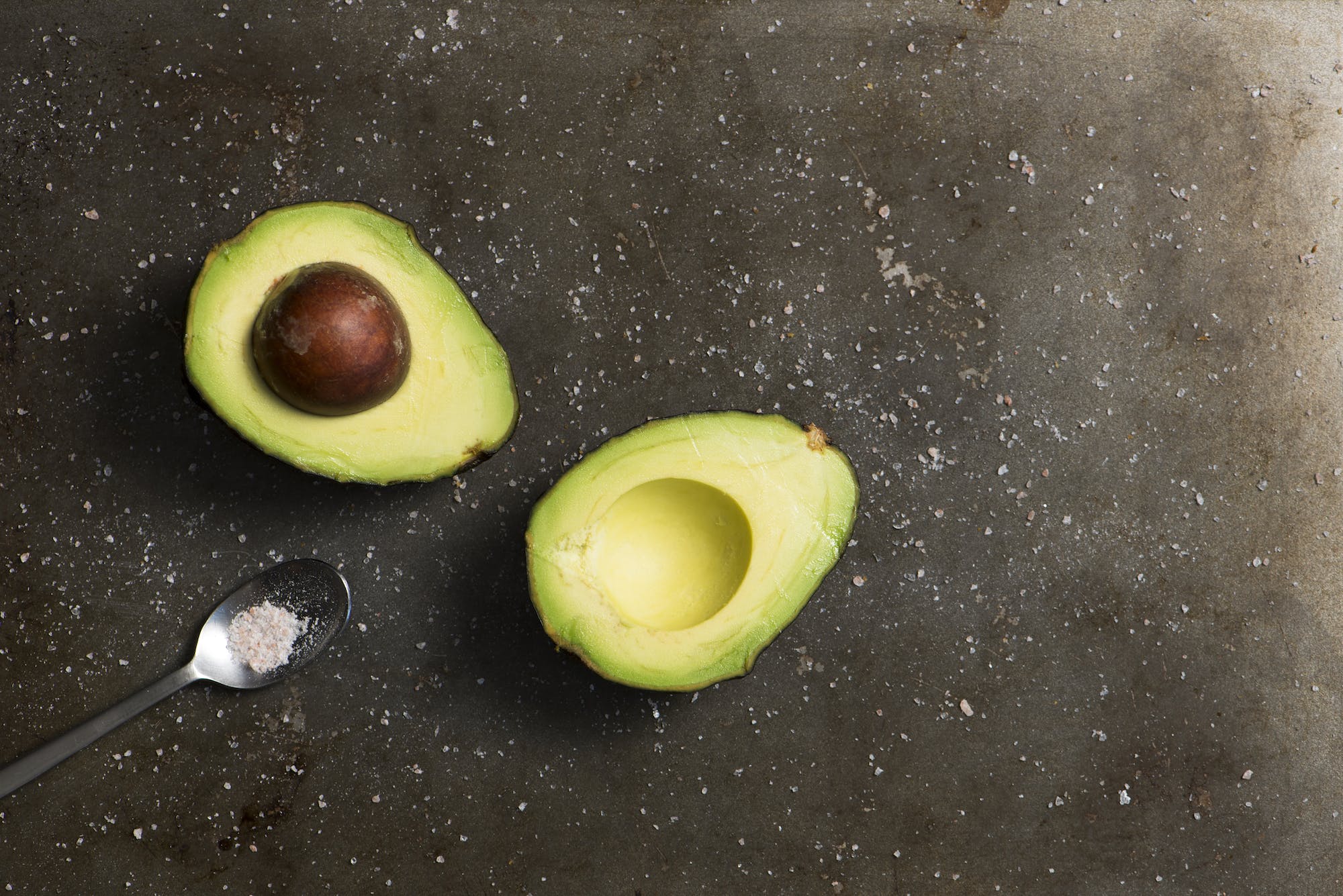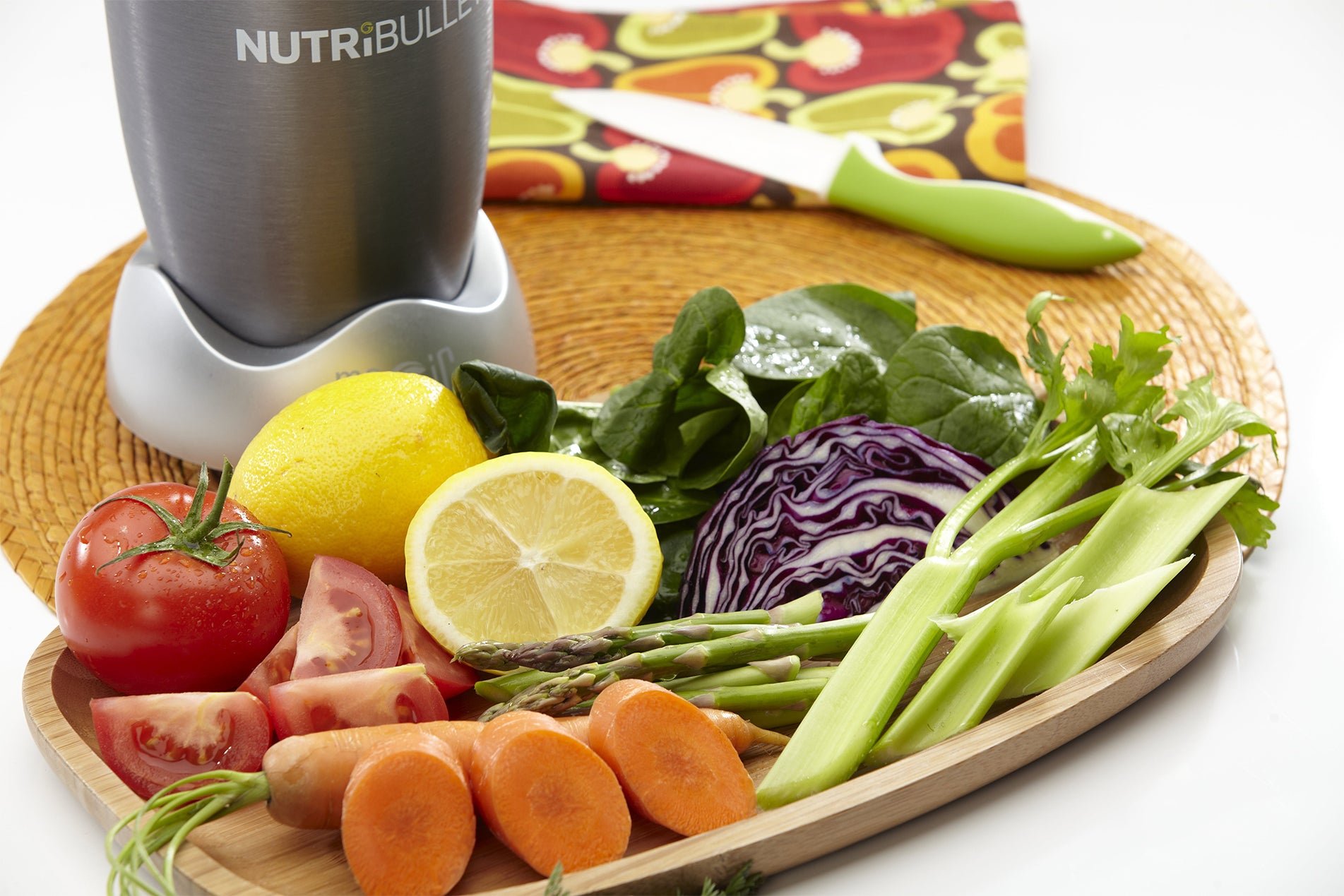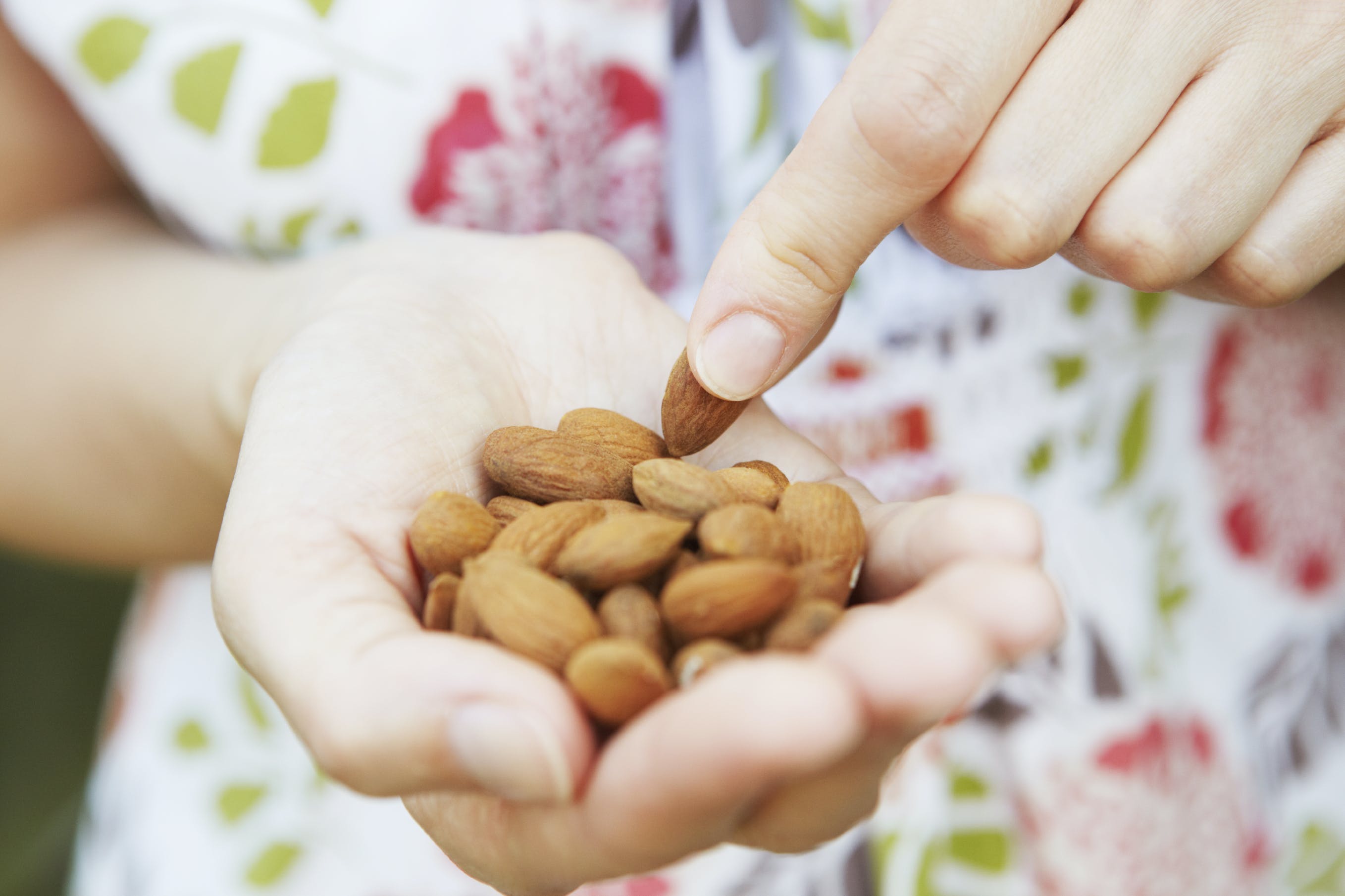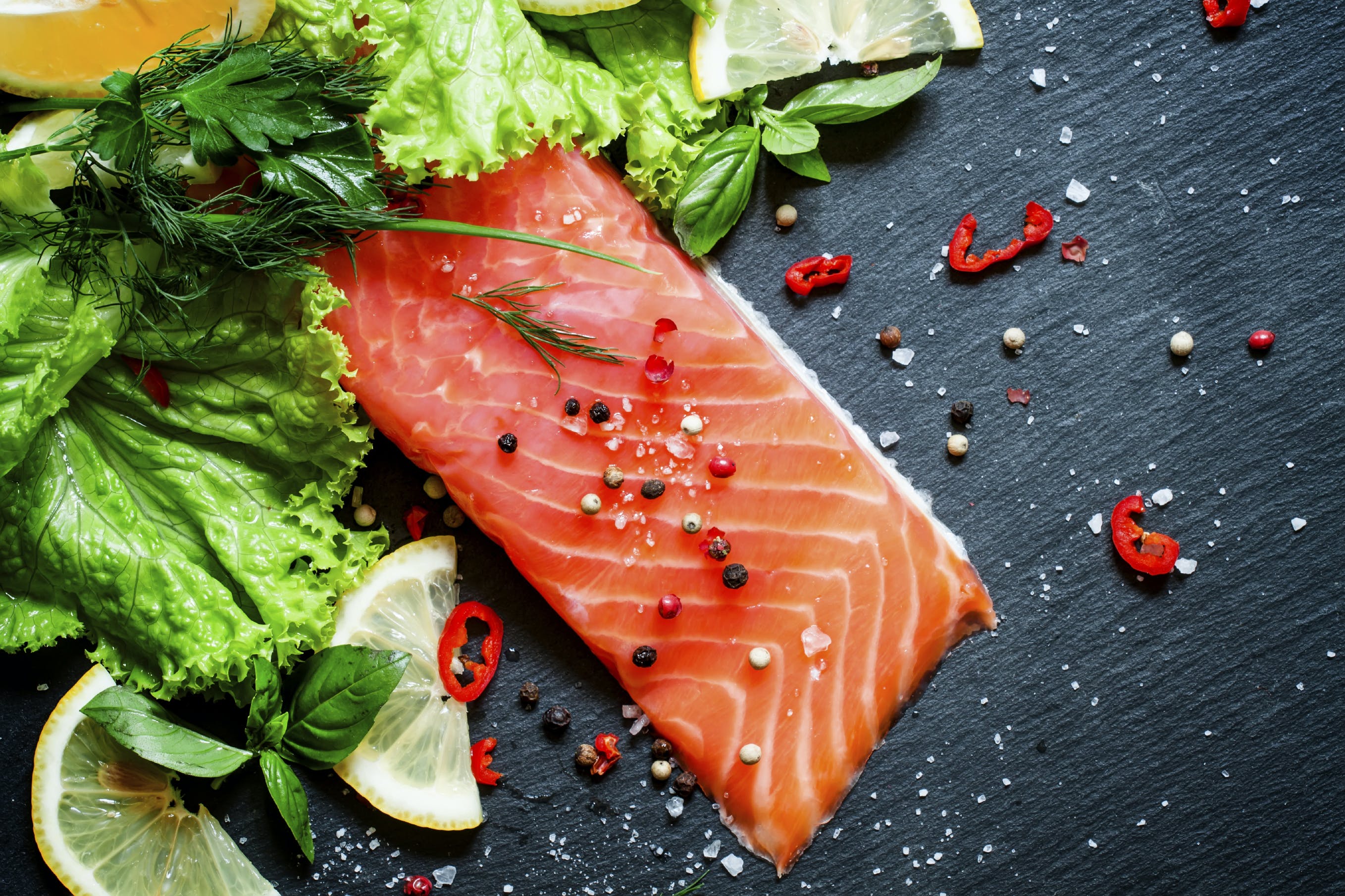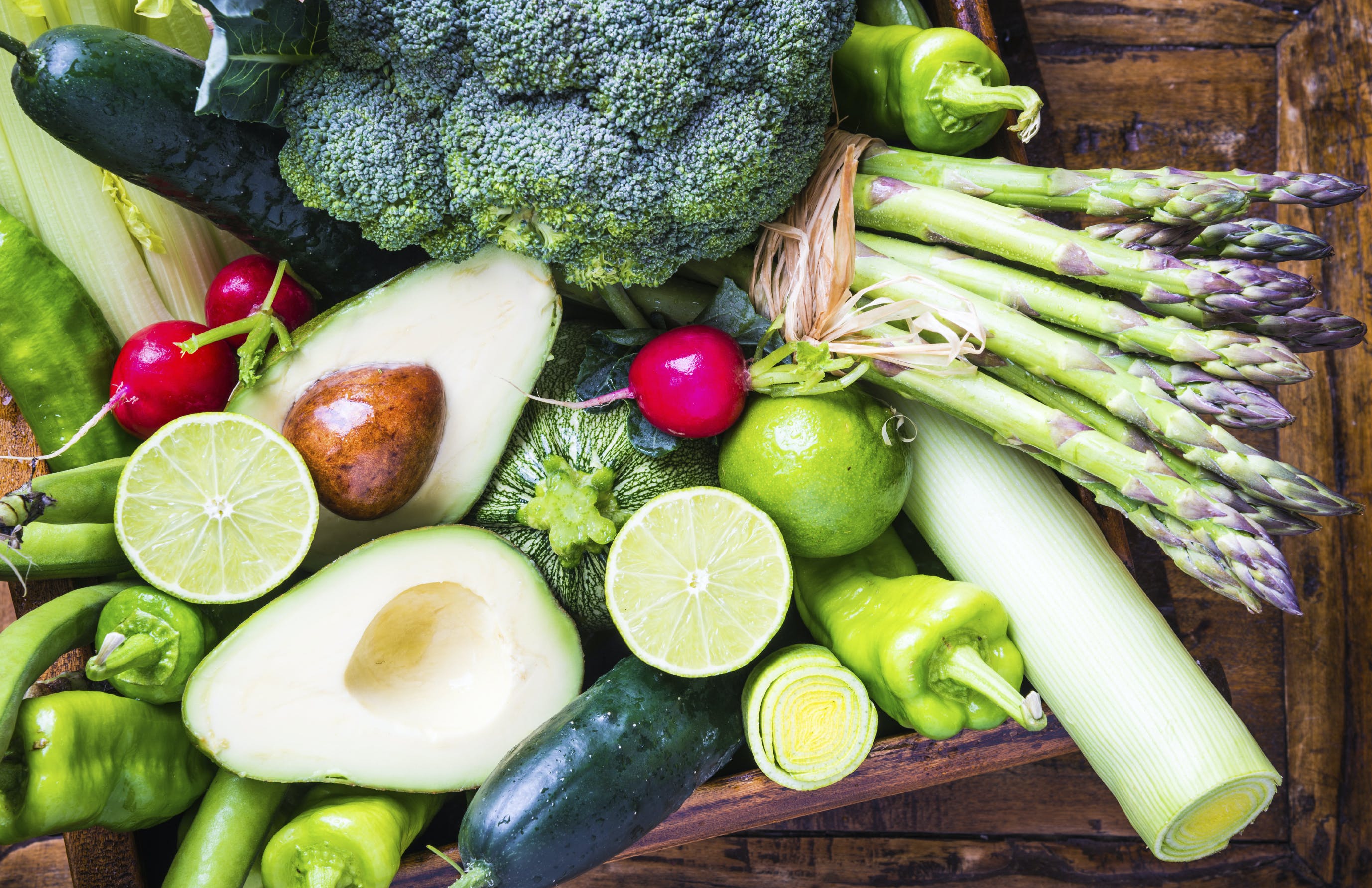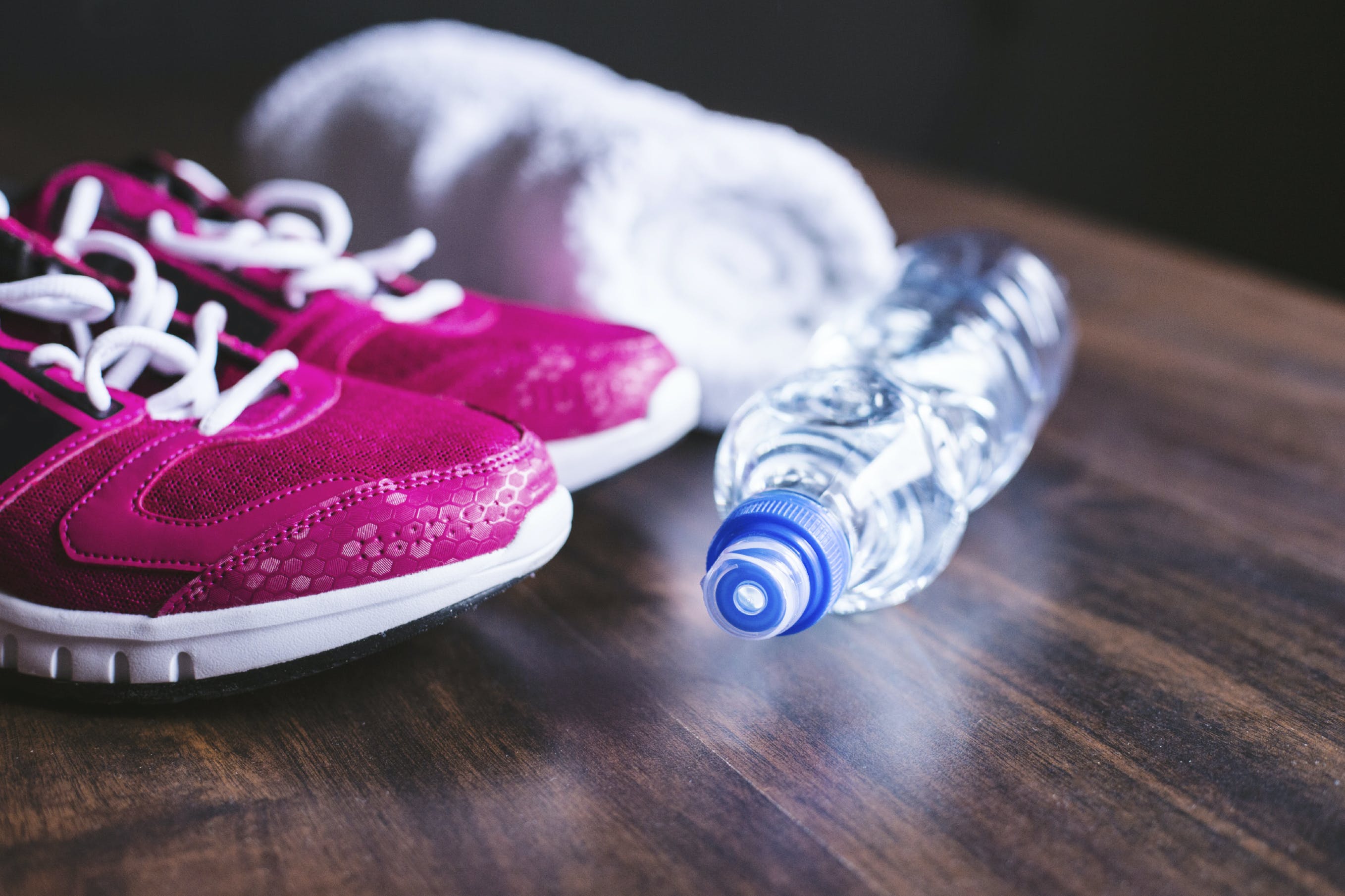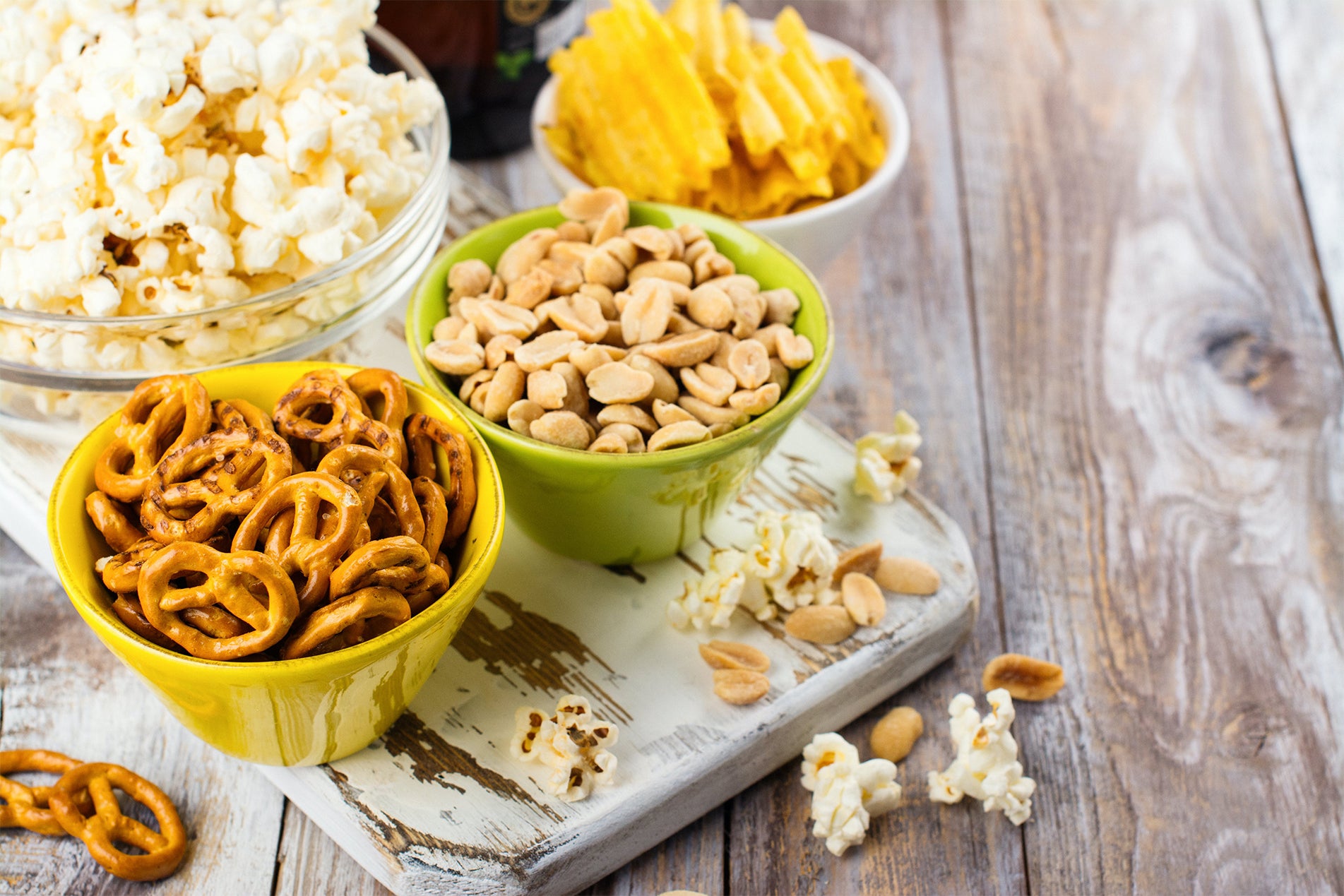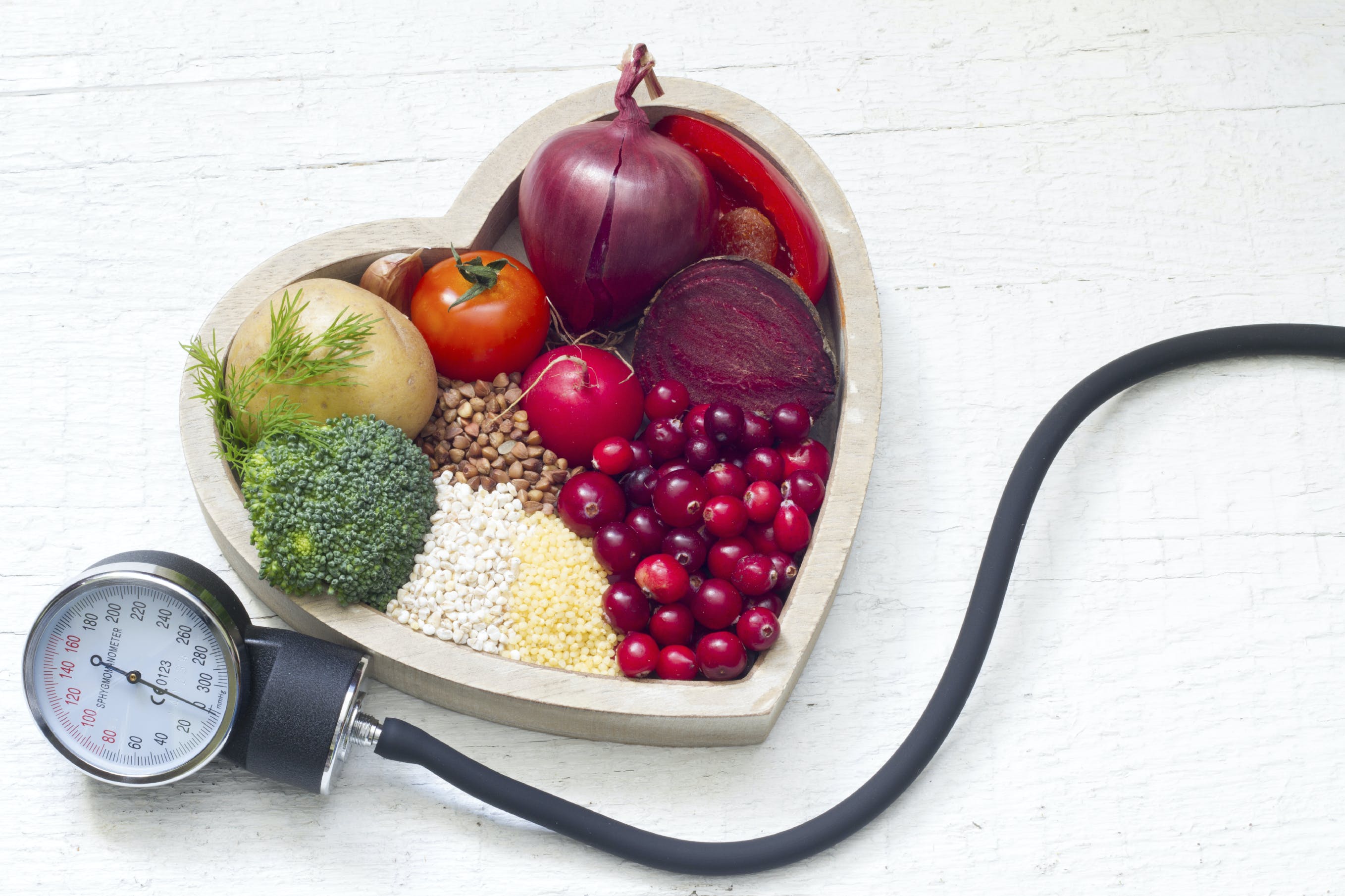A low-fat diet is healthy, right? Yes and no – it all depends on the type of fat you’re putting into your body. Our society embedded into our brains the idea that the less fat the food has, the better. Meanwhile, food companies continue to release low-fat and fat-free varieties of highly-processed foods in response to that mentality. Recent studies, however, suggest that this is the wrong approach.
Fat is a misunderstood macronutrient. While other macronutrients like protein and carbohydrates are commonly accepted into a balanced diet, fat is often feared and frowned upon. That’s not surprising, though, because fat is often linked to cardiovascular disease, diabetes, and obesity. While excessive fat can lead to deleterious health consequences, our bodies rely on a certain type of fat to function.
Fat is a rich source of energy. It aids in the absorption of nutrients, contributes to cell structure, constructs hormones, and helps us feel satiated. However, it all depends on the type of fat consumed, and the "good stuff" isn't found in fast or overly processed food. The fats that we should consume regularly are from naturally occurring foods that are rich in unsaturated fat. These include avocados, oils, nuts and seeds, nut butters, and fish.
The fats that we should eliminate from our diets are certain saturated fat and all trans fat. Saturated fat, which is found mainly in animal products, has been linked to heart disease and obesity. And at room temperature, it becomes solid! Trans fat, which is also listed as partially-hydrogenated fat, it a chemical variation of fat created to extend the shelf life of packaged foods, baked goods, and fried foods. It’s more harmful than saturated fat.
Fat-Free Versions of High Fat Foods
In response to the fear of fat, mostly observed in the 80s and early 90s, food manufacturers churn out fat-free versions of many food products. Suddenly, there are fat-free cheese, ice cream, cookies, and salad dressings on every shelf in the grocery store. However, to make up for taste due to the lack of fat, food companies add an exorbitant amount of sugar. The sugar adds more calories while the “fat-free” label gives some people the green light to eat more to feel satisfied – not a good combination.
Clearing Up the Confusion
How much is too much fat? Excess trans and saturated fat intake has been linked to obesity, elevated blood cholesterol, cardiac disease, and stroke. On the flip side, eating foods that contain unsaturated fat promotes a healthy heart by lowering "bad" LDL cholesterol and raising "good" HDL cholesterol. Your body's cholesterol make-up can be affected by the different variations of saturated fat consumed. For example, coconut oil contains plant-based saturated fat and has been shown to increase "good" HDL cholesterol, whereas saturated fats in processed pastries most likely raise "bad" LDL cholesterol. To understand risk of heart disease, it's important to look at the ratio of LDL:HDL instead of total cholesterol numbers. You could even get more technical and look at specific particle size – something your doctor or physician can explain in greater detail!
So, what should you eat? Ultimately, it comes down to being smart about the foods you purchase and consume. Here are a few suggestions:
- Yogurt: Choose plain yogurt without added sugar; ideally Greek yogurt for added protein. For flavor, add fruits or cinnamon. Frozen yogurt may sound like a healthy alternative to ice cream, but usually contain loads of sugar to replace the fat.
- Salad Dressing: Make your own using extra virgin olive oil, vinegar, and fresh herbs. If you must buy dressing, choose a full-fat option that is olive oil-based and doesn’t contain added sugar, preservatives, or coloring. Olive oil-based dressing helps the body absorb fat soluble vitamins, like vitamin A and K, from the veggies in the salad.
- Butter: While butter is a saturated fat, it’s a natural one that’s a better choice than margarine, which is a trans fat. Use it in moderation, and whenever possible, substitute with olive oil.
- Peanut or other nut butter: Peanuts should be the only ingredient in peanut butter and almonds should be the only ingredient in almond butter. Check the labels to make sure that they’re not loaded with added sugar and added saturated or hydrogenated fats.
- Eggs: Eggs are no longer villified and have been shown to have no effect on cholesterol or heart disease risk levels. The yolk is where you'll find the beneficial fat and excellent B vitamins.
- Avocados and olives: Both are rich in healthy monounsaturated fats and nutrients. However, they are high in calories, so moderation is key.
Not all fats are out to get you. Our bodies actually need healthy, unsaturated fats to absorb nutrients and build cell structure. What we should be avoiding are certain saturated fats, trans fat, and anything with a “fat-free” label on it. By getting your healthy fats from natural, whole-food sources, you can ensure that your body is getting the right nutrients to put you on track towards better weight management and health.
Nutritional information
Recipe: Creamy Green Strawberry Dream Serving in this recipe:1
- Calories: 236.6
- Total Fat: 3.6 g 5.5%
- Saturated Fat: 0.4 g 1.9%
- Cholesterol: 0 mg 0%
- Sodium: 358.7 mg 14.9%
- Total Carbs: 45.7 g 15.2%
- Dietary Fiber: 9.9 g 39.4%
- Sugar: 22.1 g
- Protein: 8.1 g 16.2%
- Vitamin A: 481.9% Vitamin C: 244.1%
- Calcium: 68.5% Iron: 26.1%
* Percent Daily Values are based on a 2,000 calorie diet. Your daily values may be higher or lower depending on your calorie needs.

